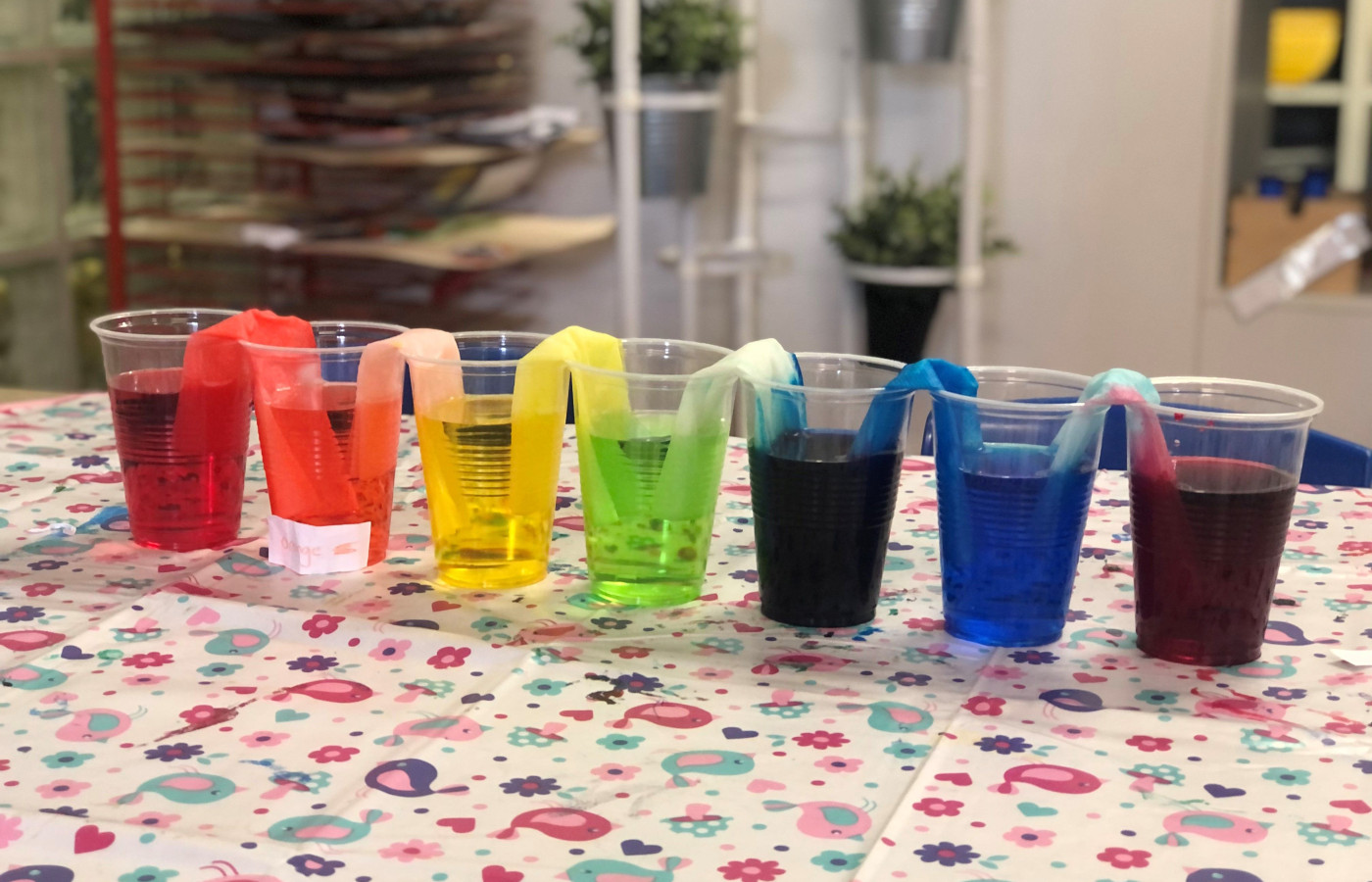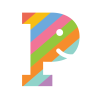Let's mix colours!

Let's mix colours!
using food colouring to mix colours
Materials Required
- Red, blue, yellow food colours
Paper, Paintbrushes.
Play experience profile
-
Age:
-
Min Playtime5 - 15 Minutes
-
Skills
-
Energy LevelQuiet Play
-
Messiness Rating
-
EYLF Outcomes
Play Experience Preparation
Set up 6 glass jars or containers (something see through is best) on the table or kitchen bench. - Have the three bottles of food colours ready. - Half fill each jar with water (you be the judge of how much water you will need).Experience Steps
- Add red, blue, yellow colouring to 3 of the jars.
- Ask your child to name the colour of each jar of water.
- Ask them what they think will happen if you add yellow colour to the blue jar (it makes green) - let them add the colour.
- Ask them what they think will happen if you add yellow colour to the red jar (it makes orange) - let them add the colour.
- Ask them what they think will happen if you add blue colour to the red jar (it makes purple) - let them add the colour.
- Predicting or hypothesising are important thinking skills for children to learn so let your child guess as many times as they like
- Encourage them to think of the rainbow - what colours can we see in a rainbow? This might help them predict colours.
- As an added activity you could let them paint with the colours they have made.

What to talk about, or questions to ask during the experience
- What colours do you see?
- This jar is red. What do you think will happen if we add some blue?
- This jar is yellow. What do you think will happen if we add some blue?
- This jar is red. What do you think will happen if we add some yellow?
- Let's see what happens...
Build on this...
- Document your findings by encouraging your child to draw what happens.
- Introduce the concepts of primary and secondary colours.
WHO guidelines for physical activity and sedentary behaviour
Provide evidence-based public health recommendations for children, adolescents and adults on physical activity.
Learn more
Provide evidence-based public health recommendations for children, adolescents and adults on physical activity. Learn more
Dance with your child to dance to the Primary Colours song (link below) to engage in physical activity after this sedentary experience.
EYLF Outcomes
The Early Years Learning Framework has been designed for use by early childhood educators working in partnership with families, children’s first and most influential educators.
View PDF
The Early Years Learning Framework has been designed for use by early childhood educators working in partnership with families, children’s first and most influential educators. View PDF
- Children develop a range of skills and processes such as problem solving, inquiry, experimentation, hypothesising, researching and investigating
- Children develop dispositions for learning such as curiosity, cooperation, confidence, creativity, commitment, enthusiasm, persistence, imagination and reflexivity
- Children interact verbally and non-verbally with others for a range of purposes
EYLF Principle
Principle 3: High expectations and equity. Children progress well when they, their parents and educators hold high expectations for their achievement in learning.
EYLF Practice
Practice: Intentional teaching. Intentional teaching is deliberate, purposeful and thoughtful. They use strategies such as modelling and demonstrating, open questioning, speculating, explaining, engaging in shared thinking and problem solving to extend children’s thinking and learning.
https://www.youtube.com/watch?v=v9gIj0j7Ba0 Primary Colours song
Author:


